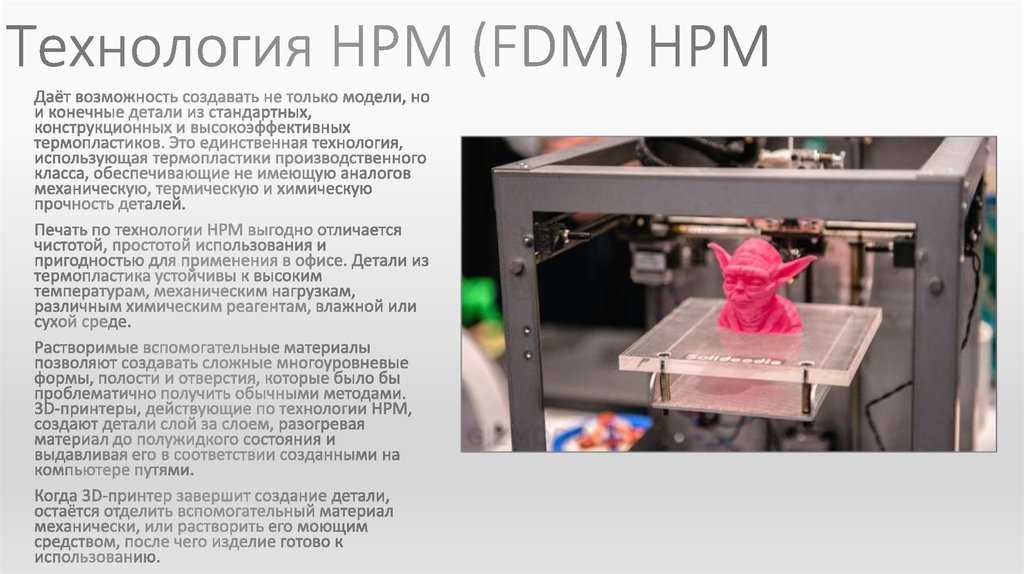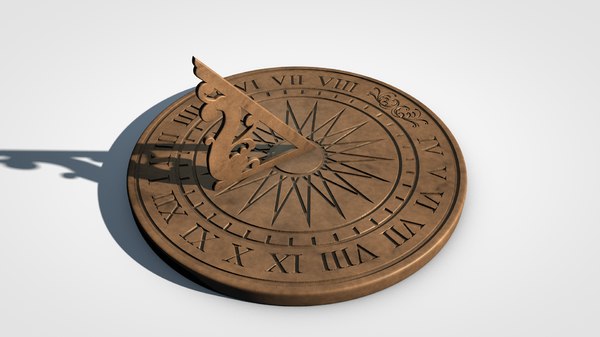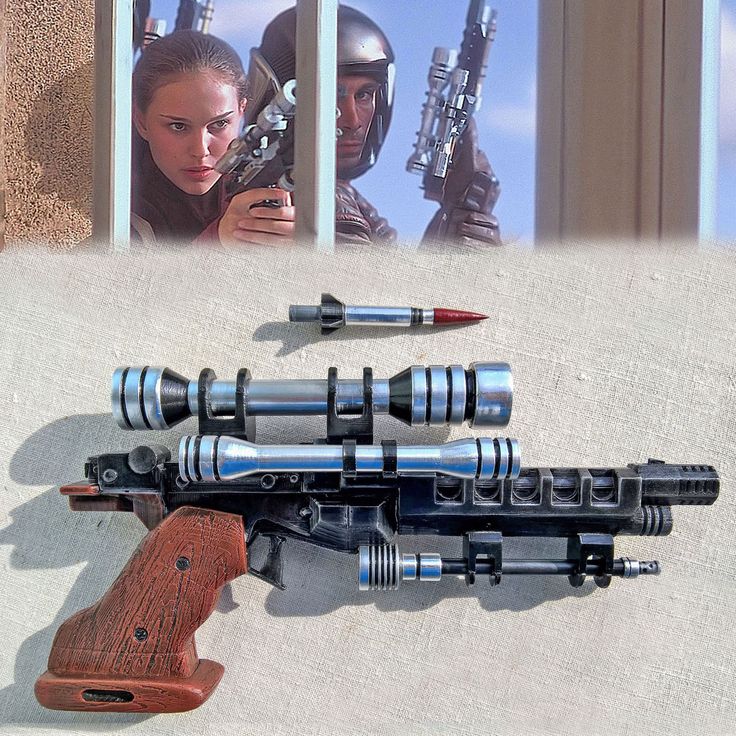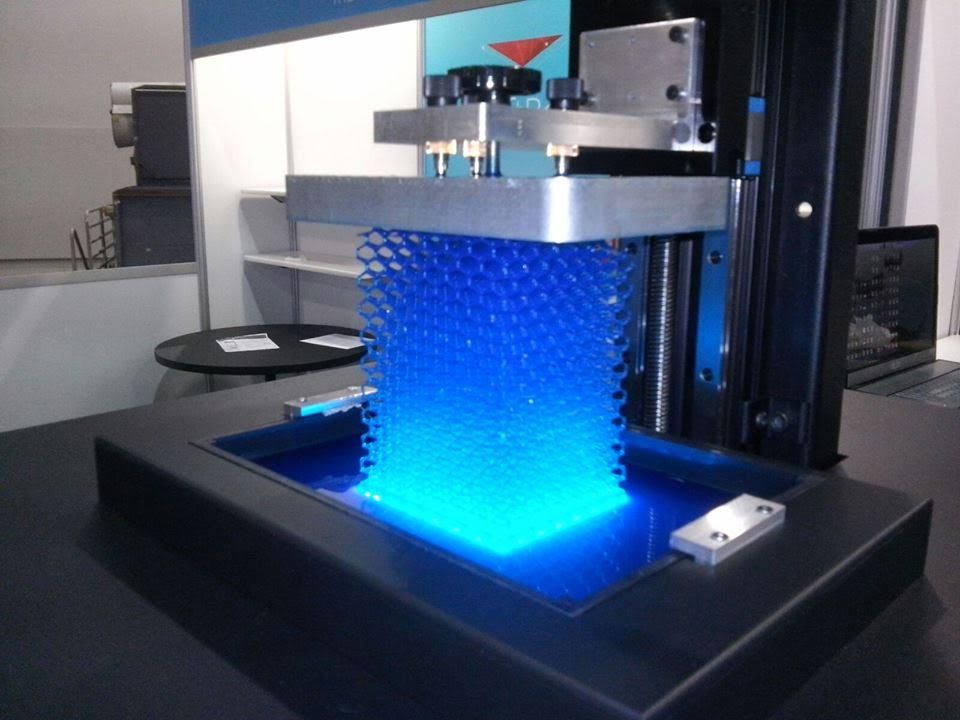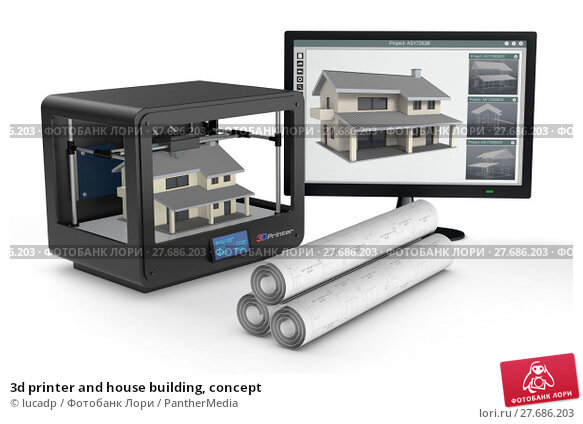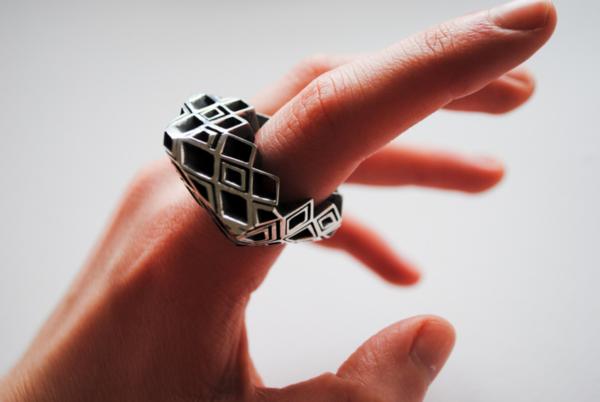3D print surfaces
Best 3D Printing Surfaces For Your 3D Printer
Since I started 3D printing, bed adhesion was one of the most common topics I’ve seen online. Most people have issues with bed adhesion, and most of the time it’s caused by improper bed leveling. But there are other cases where the print surface is not the right thing for the job, or it’s low quality.
In this article, I will go over a few 3D printing surfaces which can be used with your 3D printer to improve adhesion and ensure a good printing experience.
Magnetic PEI Flex Plate
One of my favorite 3D printing surfaces out there is the Magnetic PEI Flex Plate. It’s also known under different names, like a Magnetic Spring Steel Sheet or PEI sheet.
As the name implies, this is usually a flexible metallic sheet that has a PEI sheet applied to it and attaches magnetically to your heatbed. It’s made this way so you can remove the sheet when the print is completed, then flex the print surface to easily remove the printed model.
Probably the most popular PEI magnetic flex plate is the one with a powder-coated surface. But there are multiple versions out there. For example, you could get a double-sided powder-coated PEI sheet, but if you want more flexibility, you can choose one of the printing surfaces to be a smooth sheet of PEI. That way, you can control the finish of the printed model.
Just keep in mind that the smooth side will be less durable compared to the textured side, and if you’re not careful, it’s easy to scratch it. Below you can find an example of a damaged PEI sheet after I did some changes to the printer, and forgot to adjust the Z offset.
The PEI surface helps with adhesion, and it works for a wide range of materials, like PLA, PETG, ABS, and TPU, as long as you keep it clean and use the correct offset.
Here are a few sites where you can get PEI 3D printing surfaces:
AliExpress
Amazon
Banggood
BuildTak
My first contact with the Original BuildTak print surface was a few years ago when I reviewed the Raise3D E2. I used other BuildTak-like print surfaces in the past, but never the original. It was a good experience, and I didn’t have issues with adhesion as long as the Z offset was properly set.
I used other BuildTak-like print surfaces in the past, but never the original. It was a good experience, and I didn’t have issues with adhesion as long as the Z offset was properly set.
Since then I also got in contact with BuildTak and they made me some custom print surfaces with the 3DPrintBeginner logo to use on my printers. I installed them, and I must say, I love the adhesion you get.
With the BuildTak print surface, you can easily print PLA and TPU without even heating up the print surface. PETG and ABS need a bit of heat due to the nature of the material, but adhesion is just excellent.
I recently printed my HexaHive Speaker Stands on the Sidewinder X2 which has a BuildTak surface applied to the glass surface. Even though the base of the model covers most of the 310×310 print surface of the printer, I was able to print SUNLU PETG without even heating the bed, over about 2 days of printing for each stand. It works really well.
It’s worth mentioning that Z offset calibration is crucial when printing on BuildTak because if you print too low, the model will actually fuse to the print surface and you can damage it.
Speaking of damage, BuildTak print surfaces are also more delicate when it comes to the hot nozzle touching the print surface. Avoid doing that if you don’t want to get small holes in it. Ask me how I know 🙂
Overall, the BuildTak print surface is excellent if you mostly print PLA, PETG and TPU as you can do it without heating the bed. But I can’t say it’s much better than a PEI sheet when talking about other higher-temperature materials like ABS, PC, or ASA.
After a while, the Raise3D E2 BuildTak surface started to “bubble up” on the sections where I was printing most often. This happened after more than a few hundred hours of print time, but I didn’t encounter anything like that with PEI, so BuildTak might need to be replaced more often.
Here are a few sites where you can get BuildTak 3D printing surfaces:
BuildTak
Amazon
Glass Mirror
There are a lot of people who like to use a glass mirror as a print surface for their 3D printer. The most attractive feature of using a glass mirror as a print surface is the glossy finish you get on the bottom of your model.
Besides that, the cost of a glass mirror print surface is insignificant, considering you can get a piece of mirror the size of your heatbed for less than 10$. It’s widely available and you should have no trouble finding one.
You can print filaments like PLA and TPU directly on the glass surface, but for PETG and ABS, I recommend using some PVA glue stick to help with adhesion and also create a release layer. If you print PETG or ABS/ASA directly on the glass mirror, the filament can bond to the print surface.
One of the downsides of using a glass mirror as a print surface is the added weight, especially if you have a printer with a big heatbed. After you add the glass mirror to your heatbed, you might see increased ringing on your Y-axis. This only applies to cartesian 3D printers. Printers with a CoreXY movement system, where the bed only moves on the Z-axis is not impacted by this.
I used a glass mirror print surface only once, with my old Anet A8 3D printer. It worked fine at that time, but after I discovered PEI printing surfaces, I never looked back.
It worked fine at that time, but after I discovered PEI printing surfaces, I never looked back.
Ultrabase
The Ultrabase print surface was first launched by Anycubic, and it’s a glass print surface with a textured finish on the top. This textured finish helps with model adhesion when the surface is hot. When the print is completed, and the ultrabase print surface starts to cool down, the model releases itself.
Nowadays, there are a lot of Ultrabase-like printing surfaces which come as a default printing surface for most 3D printers. Printers like the Artillery Sidewinder X2 and Genius come with something similar, and Creality sells most of their printers with a “carborundum” print surface which is just a fancy name for the same thing.
You can print filaments like PLA, PETG, ABS and PETG with the same considerations as for a simple glass mirror print surface.
In some cases, the Ultrabase clone print surfaces work well, but I also encountered situations where adhesion was just not as expected, and I needed to use adhesion materials to get a consistent result.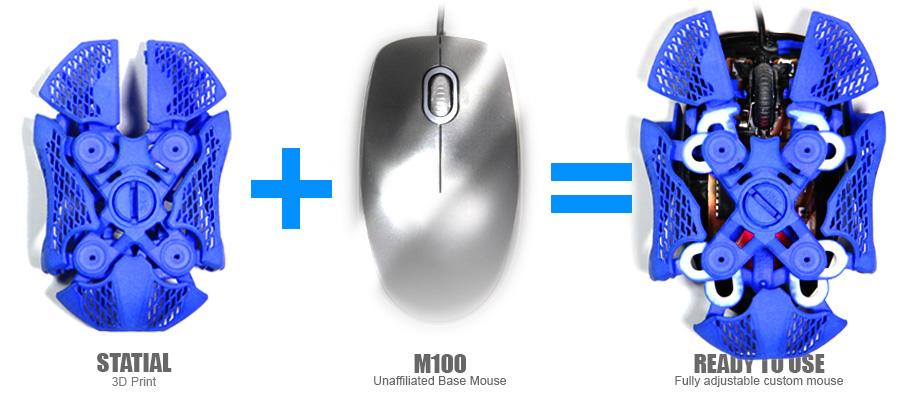
If you are thinking about upgrading your printer and purchasing an Ultrabase print surface, I recommend checking out other 3D printing surfaces. Not because this one is not good, but there are other alternatives like PEI and BuildTak which are much better and weigh a bit less compared to this.
Here are a few sites where you can get Ultrabase 3D printing surfaces:
AliExpress
Amazon
Banggood
Garolyte / FR4 Sheet
These garolite sheets are also a good 3D printing surface because it is much lighter than glass and quite cheap. You can print most filaments on it, including PETG which doesn’t work that well on glass.
Maker’s muse has a good video about this printing surface with a lot of details and use cases, so I recommend watching it for more information.
I still like these FR4 sheets less than PEI magnetic flex plates because they still require the use of paper clips to hold them in place. Otherwise, I think they are a good alternative.
Otherwise, I think they are a good alternative.
Here are a few websites where you can get FR4 3D printing surfaces
AliExpress
Amazon
Banggood
Textured and Holographic 3D Vinyl
You can also purchase textured 3D vinyl to use as a printing surface for your 3D printer. Sure, these are not made specifically for a 3D printer, but you can print PLA on almost anything so there’s no surprise people started doing this.
I’ve seen people install textured carbon fiber vinyl on their glass print surface, to get the same texture on the bottom of their prints.
Others are using this holographic film which has a nice rainbow effect that transfers to the model. If you like this effect, then order some, and please leave a comment with your results. I would love to see how it works, and what kind of useful applications you found. I am more of a matte finish person, so I didn’t try this yet.
Just remember that adhesion might not be the best with some filaments, and this should be used only in specific cases.
Here are a few sites where you can get Textured and Holographic 3D printing surfaces:
Amazon
AliExpress
Liked it?Consider supporting 3DPrintBeginner if this content helped. You can also join Patreon for exclusive perks! |
LayerLock 3D Printer Build Surfaces
- Home
- Store
- 3D Printer Accessories
- Build Surfaces
- LayerLock Build Surfaces
LayerLock provides a variety of build surfaces and build plates designed for stronger bed adhesion for both advanced and standard materials. With LayerLock Garolite Build Surfaces, successfully printing warp-free parts out of NylonX, NylonG, and other nylon filaments will be a breeze. This type of surface also successfully prints standard filaments such as PLA, PETG, TPU and more for a plethora of material compatibility. With LayerLock Powder Coated PEI Build Plates, users have a reliable alternative bed surface for successfully printing standard filaments such as PLA, ABS, PETG and flexibles. Both types of bed surfaces are durable, dependable, and require little to no maintenance so strong bed adhesion is attainable without the huge hassle. Take your 3D printing to the next level with these advanced build surfaces that will help you successfully achieve warp-free projects for a lifetime.
Both types of bed surfaces are durable, dependable, and require little to no maintenance so strong bed adhesion is attainable without the huge hassle. Take your 3D printing to the next level with these advanced build surfaces that will help you successfully achieve warp-free projects for a lifetime.
LayerLock Build Surfaces Collections
All LayerLock Build Surfaces 3D Printer Build Surfaces
Technical Specifications
- Material Surfaces Available: Garolite, PEI, Surface for Polypropylene, Surface for SLA
- Available in various sizes—check individual products for guaranteed printer compatibility
- Material compatibility for Garolite: NylonX, NylonG, Nylon, PLA, PETG, TPU, and more
- Material compatibility for PEI: PLA, ABS, PETG, and flexibles such as TPU and TPE
- Material compatibility for Surface for Polypropylene: Polypropylene and OBC
- Material compatibility for Surface for SLA: Most LCD / MSLA, Laser, and DLP resins
LayerLock Build Surfaces
LayerLock Garolite Build Surfaces
Superior bed adhesion to Nylon based materials like NylonG
LayerLock Build Surfaces for Polypropylene
Get the best first layer with polypropylene and OBC filament
LayerLock Powder Coated PEI Build Plates
Great first layers and easy part removal with this flexible build plate
LayerLock SLA Resin 3D Printing Build Surface
Achieve strong bed adhesion in SLA printing with this surface
LayerLock MagBase
Easily add a magnetic base to your 3D printer for interchangeable surfaces
Guides & Articles
How to Succeed with Quantum Dichromatic PLA Filament
Follow this guide for tips and tricks on how to get the best results when 3D printing with Quantum Dichromatic PLA filament.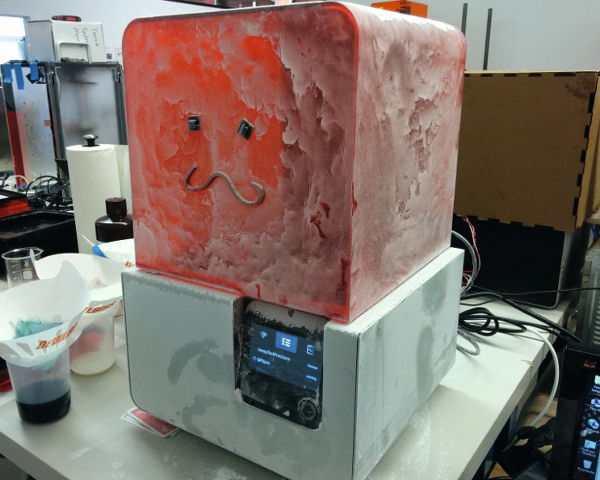
How To Succeed with LayerLock SLA Build Surfaces
Successfully achieve strong bed adhesion for Laser, DLP, and SLA resin prints using LayerLock SLA Resin 3D Printing Build Surfaces.
How To Build A Successful Makerspace
Find out the necessary components to create an effective space for your maker community.
How to Succeed When 3D Printing with Polypropylene
Successfully produce 3D printed parts out of polypropylene filament with these tips on achieving stronger bed adhesion and minimizing shrinkage.
Tech Breakdown and How to Succeed: Ionic Hybrid Support Material
Supporting engineering-grade filament has been difficult without a support material dedicated to higher temperature 3D printing. Ionic aims to solve that.
How To Succeed with OBC 3D Printing Filament
From Dow Chemical, OBC combines flexible and rigid into one unique material with properties of both.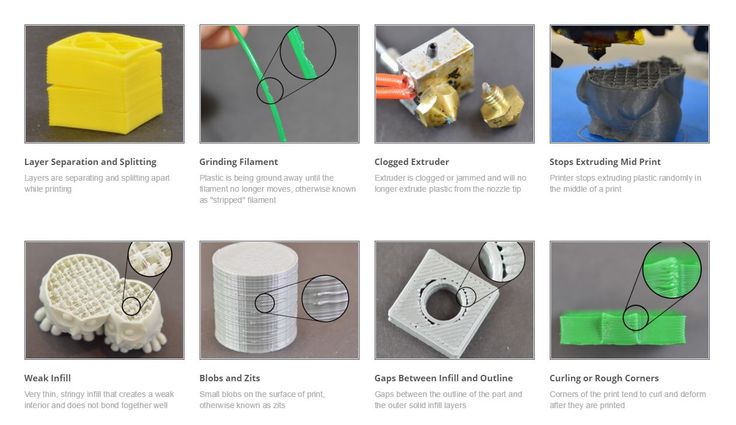
How To Succeed with LayerLock Garolite Build Surfaces
Successfully achieve strong bed adhesion for NylonX, NylonG, and standard filaments using LayerLock Garolite Build Surfaces.
How to Succeed with LayerLock Powder Coated PEI Build Plates
Powder coated PEI steel sheets are a great alternative build surface for strong bed adhesion. Here's how you can succeed using this durable build plate.
How To Succeed When 3D Printing With Nylon
Learn how to 3D print Nylon like a pro. Nylon is a stronger and more durable alternative to PLA or ABS and easy to 3D print with using these Tips and Tricks.
How To Succeed When 3D Printing With ASA Filament
Follow this step-by-step guide to learn how to print with ASA, the perfect material for any outdoor projects.
LayerLock 3D Printer Build Surfaces strengthen the bond between the print bed and both advanced and standard materials.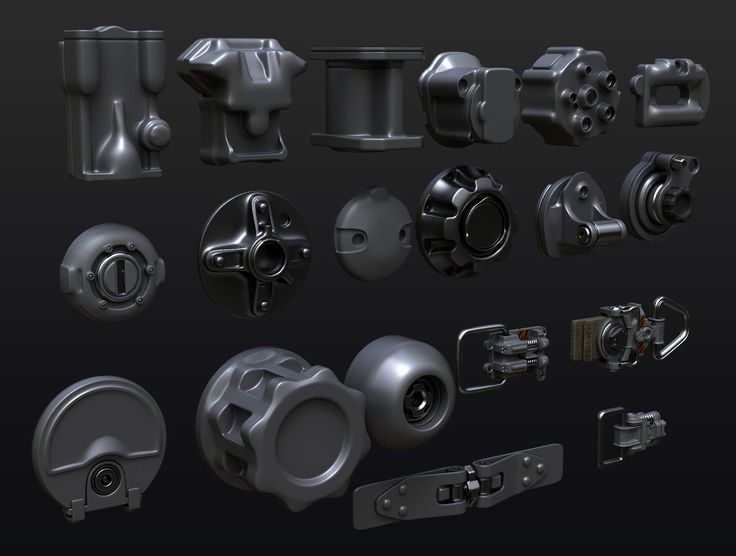 LayerLock Garolite Build Surfaces are made out of linen-based phenolic sheets, allowing for just enough texture on the surface to provide a sturdy grip for prints to hold onto while still having a fairly smooth finishing surface. Alternatively, LayerLock Powder Coated PEI Build Plates have PEI powder coated onto a flexible spring steel sheet which leaves behind a bumpy surface on the plate and produces a charming, rugged finishing texture on the bottom of prints. Both types of bed surfaces are engineered for easy installation and to withstand thousands of print jobs. Successfully achieve warp-free prints with zero hassle using LayerLock 3D Printer Build Surfaces.
LayerLock Garolite Build Surfaces are made out of linen-based phenolic sheets, allowing for just enough texture on the surface to provide a sturdy grip for prints to hold onto while still having a fairly smooth finishing surface. Alternatively, LayerLock Powder Coated PEI Build Plates have PEI powder coated onto a flexible spring steel sheet which leaves behind a bumpy surface on the plate and produces a charming, rugged finishing texture on the bottom of prints. Both types of bed surfaces are engineered for easy installation and to withstand thousands of print jobs. Successfully achieve warp-free prints with zero hassle using LayerLock 3D Printer Build Surfaces.
Techno Print 3D Company
This is our first review of the most popular and inexpensive 3D printers for 2020. The list will include the best-selling devices in two price ranges (up to 30 tr and up to 60 tr). Printers working with both plastic filament (FDM) and photopolymers (LCD/DLP) will be presented. This list will always be up to date, as it is periodically updated and supplemented. Read more→
Read more→
The Chinese company Dazz3D announces the launch of the project on KickStarter and accepts pre-orders for Dazz3D Basic and Dazz3D Pro 3D printers. These revolutionary new devices are aimed at both the professional and amateur markets. Read more→
We all know that precise calibration of the 3D printer desktop is the foundation and the key to successful printing on any FDM printer. In this article we will talk about the main and most popular ways to level the "bed". So, as mentioned above, 3D printing without desktop calibration is impossible. We face this process Read more→
It's hard to go through a day today without hearing about 3D printing technology, which is bursting into our lives at an incredible speed. More and more people around the world are becoming addicted to 3D printing technology as it becomes more accessible and cheaper every day. Now almost anyone can afford to buy a 3D printer, and with the help of Read more→
The FormLabs Form 2 and Ultimaker 3 are perhaps the most popular 3D printers today, capable of high quality printing with incredible surface detail. Moreover, these two devices use completely different technologies, and therefore, there are a lot of differences between them. Many will say that it is wrong to compare them or Read more→
Moreover, these two devices use completely different technologies, and therefore, there are a lot of differences between them. Many will say that it is wrong to compare them or Read more→
XYZprinting, best known for its daVinci line of desktop 3D printers, is bringing five new devices to the professional and industrial environment. One will use laser sintering technology, the second full color inkjet printing and three DLP machines. First of all, the novelties will be of interest to dentists and jewelers. Read more→
Cleaning the nozzle of a 3D printer is a fairly common process that any user of such a device has to deal with. This is not at all a complicated procedure that anyone can handle. You can complete this task in 15 minutes, using only handy tools and accessories. Read more→
Acetone steam polishing of ABS plastic is a process for smoothing the surface of 3D printed models. The result of this treatment makes your printed products look as if they were made by a professional mold casting method. If you want to understand how this is done correctly, then read this article. Aceto Read more→
If you want to understand how this is done correctly, then read this article. Aceto Read more→
Plastic 3D printing: how to make surfaces smooth
It is believed that plastic 3D printing cannot produce products with smooth surfaces. The layering caused by the peculiarities of FDM construction does not allow them to be used as final products in cases where the aesthetics of the object is important. However, modern methods of post-processing plastic products make it possible to give finished products made on a 3D printer the desired qualities.
Grinding
The surface grinding process is one of the most affordable and common post-processing options for plastic products. Various grinding methods are used to prepare prototypes for presentation, check the assembly of structures, and process finished products.
Sanding can be done both manually and with the use of belt sanders (similar, for example, to wooden parts). It's a simple, cheap and effective way to give your plastic parts the right surface quality properties.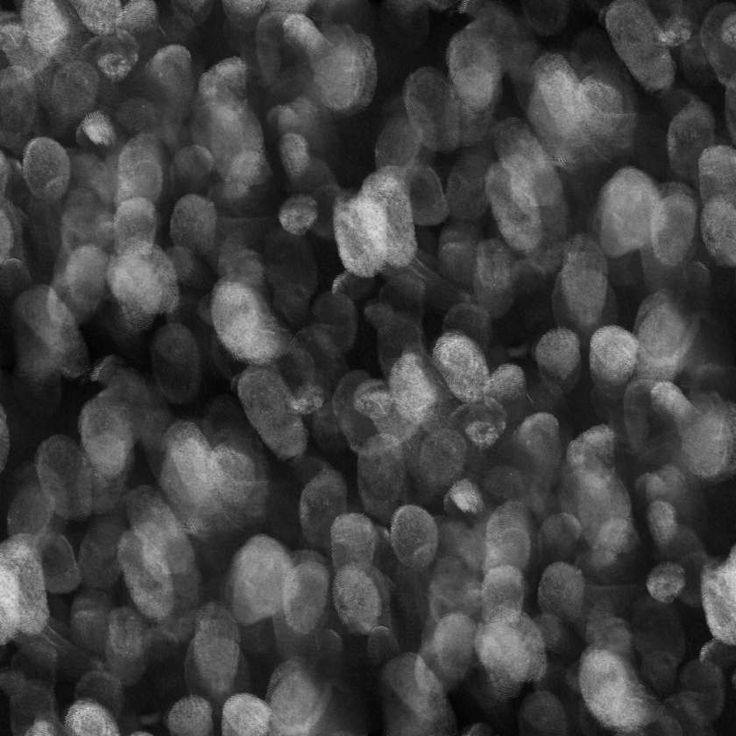 nine0003
nine0003
Generally all surfaces can be sanded well, except for very small parts. When it comes to very precise products, it is important to understand how much material you will remove in the process. Removing too much layer will change the structural features of the object. Therefore, before starting grinding, we recommend that you make control measurements and decide on the tool and intensity used for maximum accuracy.
Shot blasting
The process of blasting a surface with a stream of plastic (or metal) shot under the influence of compressed air. The operator directs the device nozzle to different parts of the product to eliminate layering and give the surfaces a uniform matte shade. nine0003
Sandblasting suitable for most FDM materials. The use of small plastic shot gives excellent results and does not harm products. Usually, it takes no more than 5-10 minutes to process one part. One of the disadvantages of this post-processing method is the limitation on the size of the product.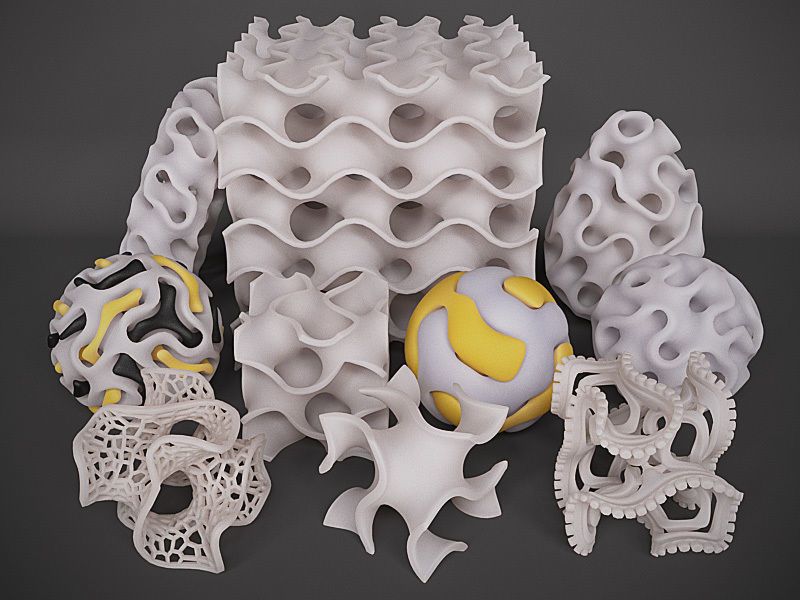 Since the process takes place in a closed chamber, the maximum size of the product usually should not exceed 30-40 cm.
Since the process takes place in a closed chamber, the maximum size of the product usually should not exceed 30-40 cm.
Sandblasting
Sandblasting differs from shot blasting only in the material used to affect the object. Sand grains allow processing faster. However, due to the geometry of the particles, they do not guarantee such a "delicate" approach to the impact on the surface, as is the case with plastic shot. nine0003
Acetone vapor treatment
The product is lowered into a closed tank, at the bottom of which there is a small amount of liquid acetone. The tank is then heated, causing the acetone to evaporate. Vapors interact with the surface of the object, dissolving about 2 microns. This allows you to make the surface of the plastic part smooth and shiny in just a few seconds.
This post-processing method provides a fast and uniform surface smoothing (without disturbing the geometry of the product).


